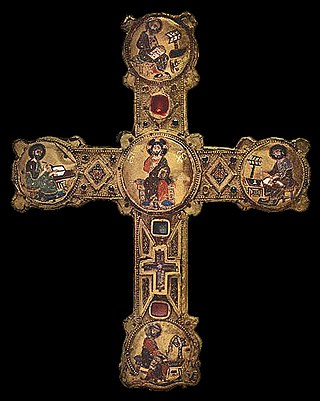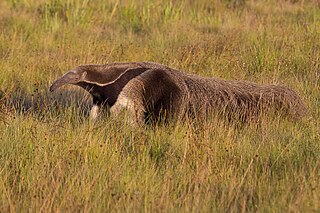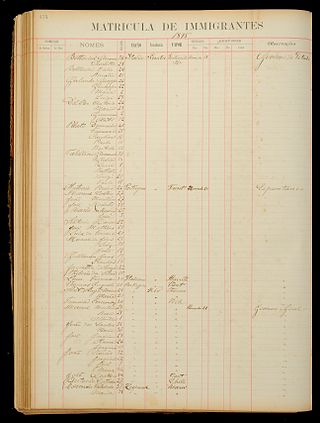Whitehills in literature
As fictional family, the Whitehills are featured in the short stories of Brazilian writer Rita Maria Felix da Silva.
The first reference to them was Lord Douglas Whitehill in "San Juan Romero". The complete list of Whitehills and where they appeared is listed below:
‹› Lord Douglas Whitehill in "San Juan Romero".
‹› Walter and Edgar Whitehill in "O Tesouro de Omalura" (The Treasure of Omalura)
‹› Adam Whitehill, a vampire in "Adam e Sarah" (Adam and Sarah)
‹› Agnes Whitehill in "Uma Epifania para Agnes" (Epiphany For Agnes)
‹› Quentin Whitehill, a scientists in "Seria Melhor..." (It would be better...)
‹› Peter Whitehill in "O Contrário da Sorte" (Contrary of the Luck)
‹› Lucius Whitehill, a businessman/gangster/collector cited in epilogue of "Khen-Zur"
‹› Kate Whitehill, the rough agent first appeared in "Quando Kate Visitou Debby em Julho" (When Kate Visited Debby in July). Kate and her partner (Ken McSmith)then returned in "Jogo de Facas" (A Game of Knives), "Cacos de Porcelana" (Porcelain Shards) and "O Legado do Demônio de Barro" (The Legacy of the Clay Demon), all three short stories written by Daniel Folador Rossi, a Brazilian writer and a friend of Rita Maria Felix da Silva.
Generally in these tales, the Whitehills are shown involved at substantial problems. There is a tendency of the readers to consider them as an "evil family" while other ones state is just "bad luck".
The fictional Whitehills originated from London.
There is also a reference to a Whitehill (Victoria?) in Bram Stoker's Dracula .

Milton Nascimento, also known as Bituca, is a Brazilian singer-songwriter and multi-instrumentalist.
Silva is a surname in Portuguese-speaking countries, such as Portugal and Brazil. Origin: Latin toponymic /natural world word silva, meaning "forest" or "woodland". It is the family name of the House of Silva.
"San Juan Romero" is a short story by the Brazilian writer Rita Maria Felix da Silva. It is also the name of the fictional Mexican village the story features, and it was the first story to feature the recurring character "Sir James Winterwood". In the tale, Winterwood arrives in San Juan Romero after his adventures throughout North America. Soon he learns about the terrible curse that haunted the village, concerning a nasty secret involving the people of that land, originally a group of miners. Since this tale deals with the evil in the human heart, it has been termed a "metaphysical western". The writer Romeu Martins classified this short story as a work in the genre Weird Western. Another curious feature of this story is a mention of one member of the literary version of the Whitehill family.
Sir James Winterwood is a fictional English traveller, adventurer and writer in the second half of the 19th century and a recurring character of the Brazilian writer Rita Maria Felix da Silva. He was introduced in the short story San Juan Romero. In the stories, James travelled around the world collecting "curious facts" to use in his books. More frequently than he would like, these facts turned out to be supernatural.
Menezes, sometimes Meneses, was originally a Portuguese toponymic surname which originated in Montes Torozos, a region in Tierra de Campos, northeast of Valladolid and southeast of Palencia. The ancestor of the Meneses lineage was Tello Pérez de Meneses. The family wealth and power grew remarkably in the 13th and 14th centuries, through several marriages with the Castilian and Portuguese royal families.

Cruz is a surname of Iberian origin, first found in Castile, Spain, but later spread throughout the territories of the former Spanish and Portuguese Empires. In Spanish and Portuguese, the word means "cross", either the Christian cross or the figure of transecting lines or ways. For example, in the Philippines, the adopted Tagalog word is rendered to "krus" in plain usage, but the Spanish spelling survives as a surname.

Pereira is a surname in the Portuguese and Galician languages, well known and quite common, mostly in Portugal, Galicia, Brazil, other regions of the former Portuguese Empire, among Galician descendants in Spanish-speaking Latin America. The adoption of this surname also became common among Sephardic Jews of Portuguese origin and was historically spread throughout the Sephardic Jewish diaspora. Origin: toponymic/natural world, from Latin pirum. Currently, it is one of the most common surnames in South America and Europe. Started as a noble Christian toponym of the Middle Ages, taken from the feudal estate of Pereira, Portugal, which in Portuguese means 'pear tree'.
A Portuguese name or Lusophone name – a personal name in the Portuguese language – is typically composed of one or two personal names, the mother's family surname and the father's family surname. For practicality, usually only the last surname is used in formal greetings.
Batista is a Spanish or Portuguese surname. Notable persons with the name include:
Gabriel is a messenger angel or an archangel in the Abrahamic religions.

Marieta Severo da Costa is a Brazilian stage, film and television actress. She is best known to youth audiences as the archetypal mother figure in popular sitcom A Grande Família (2001–2014), as well to mature audiences for portraying villains in telenovelas.

Anteaters are the four extant mammal species in the suborder Vermilingua, commonly known for eating ants and termites. The individual species have other names in English and other languages. Together with the sloths, they are within the order Pilosa. The name "anteater" is also commonly applied to the unrelated aardvark, numbat, echidnas, and pangolins, although they are not closely related to them.

First Lady of Brazil is a title given to the hostess of Alvorada Palace. The position is traditionally filled by the wife of the current President of Brazil, but may apply to women who are not the president's wives, for instance, when the president is single or widowed. They do not have official functions within the government, but usually attend public ceremonies and organize social actions such as charity events. In addition, a charismatic first lady can help convey a positive image of her spouses to the population.
Lyromma is a genus of foliicolous (leaf-dwelling) lichens, and the sole member of Lyrommataceae, a family in the order Chaetothyriales. The genus was circumscribed in 1965 by Brazilian mycologists Augusto Chaves Batista and Heraldo da Silva Maia, with Lyromma nectandrae assigned as the type species. The family was proposed by Robert Lücking in 2008. Characteristics of the genus include the spherical to short barrel-shaped perithecia and elongated barrel-shaped pycnidia, and smooth thalli of rounded patches formed by its symbiotic relationship with green algae from the genus Phycopeltis.

Astrothelium is a large genus of corticolous (bark-dwelling) lichens in the family Trypetheliaceae. The genus is characterized by a corticate thallus and diverse ascomata structures, which can be simple, aggregated, or forming pseudostromata. Astrothelium is also notable for the carbonized walls of its ascomata, the so-called textura intricata arrangement of cells in these walls, and various forms of distoseptate, transparent spores.
Mamanguaipe is a municipality in the state of Paraíba in the Northeast Region of Brazil.
Ferreira is a Portuguese and Galician toponymic surname, meaning "iron mine" and also the feminine of "blacksmith" ("ferreiro").

El Chapo is a crime television series, co-produced by Netflix and Univision, about the life of Joaquín "El Chapo" Guzmán. The series premiered on April 23, 2017 on Univision before airing on Netflix worldwide. It stars Marco de la O as the title character.

Modesto is a surname originating in Latin Europe. Its meaning can be: modest, humble, simple, virtuous, among other synonyms.








